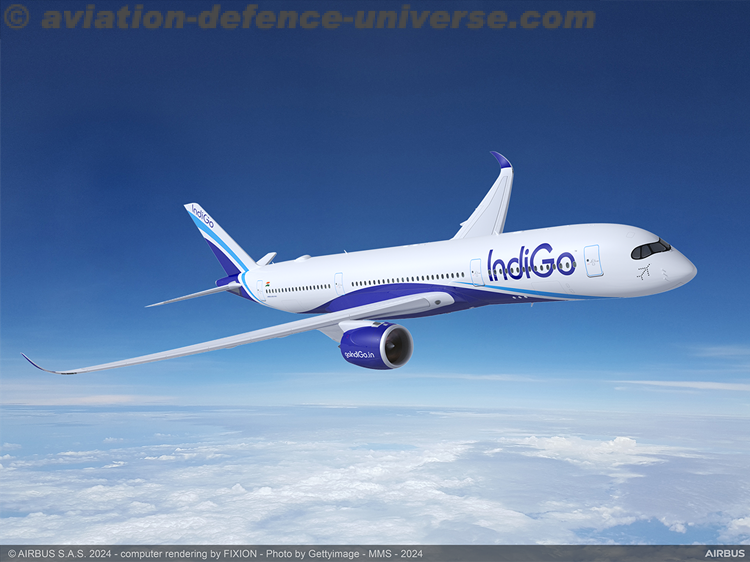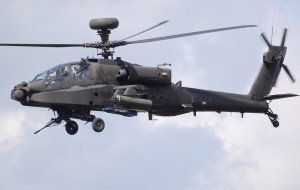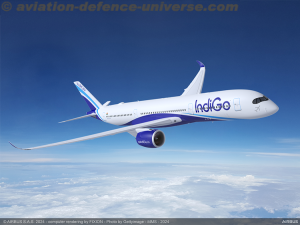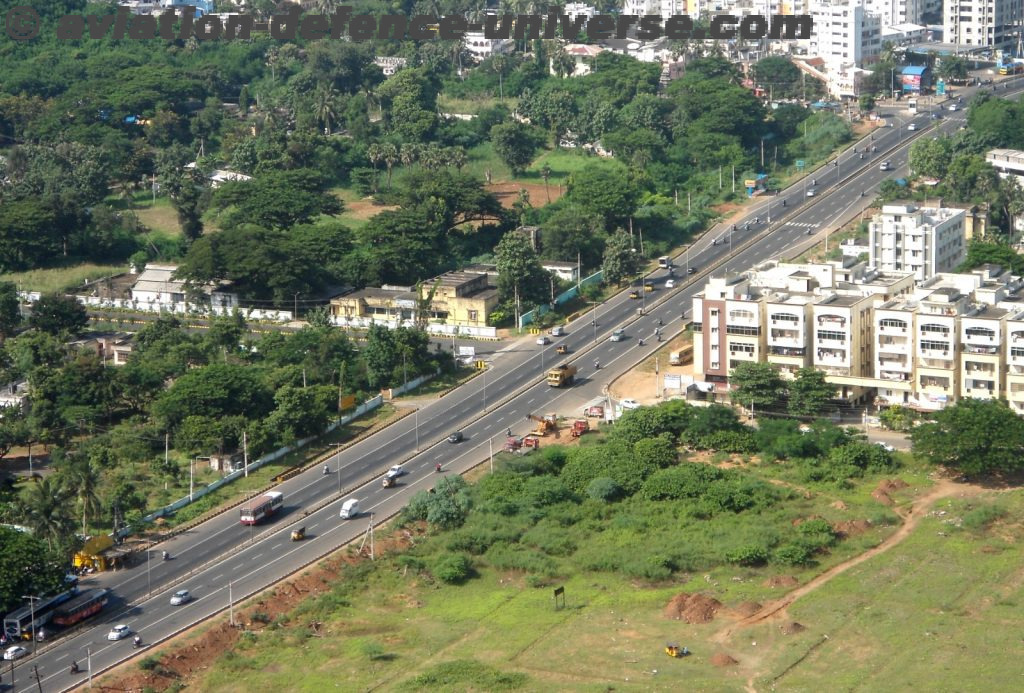India will buy 22 Apache attack helicopters and 15 Chinook heavy-lift choppers from Boeing.
By Sangeeta Saxena
New Delhi, September. The announcement came as no surprise and the long wait came to an end. A few hours before Prime Minister Narendra Modi left for the United States, the Cabinet Committee for Security, Government of India, approved two major defence deals with the US. 15 Chinook heavylift helicopters and 22 Apache attack helicopters, are all set to become a part of the Indian inventory.
Ministry of Defence spokesperson Sitanshu Kar announced on his official Twitter page, “Contract for purchase of 15 Chinook and 22 Apache helicopters signed.”
According to officials, the deal value is worth about $3 billion (Rs 19,800 crore) and would be completed in four years. The agreements were signed in the headquarters of the Ministry of Defence in South Block.The deals ensures that the U.S. will be the top military supplier for the Indian armed forces for this and the coming decade.
The catch is that the purchase of Apache multi-role combat helicopters had two components — a foreign military sales (FMS) agreement between the two governments and a direct commercial sale deal with Boeing. In the case of Chinook the deal is a direct commercial deal that would be signed between Boeing and Indian side. The contract would include a clause for follow-on orders for four more Chinooks and 11 more Apaches.
The Boeing CH-47 Chinook is an American twin-engine, tandem rotor heavy-lift helicopter. Its primary roles are troop movement, artillery placement and battlefield resupply. It has a wide loading ramp at the rear of the fuselage and three external ventral cargo hooks. With a top speed of 170 knots (196 mph, 315 km/h) the helicopter was faster than contemporary 1960s utility helicopters and attack helicopters, and is still one of the fastest helicopter in the US inventory.
The CH-47 is among the heaviest lifting Western helicopters. Its name is from the Native American Chinook people.
 The Chinook was designed and initially produced by Boeing Vertol in the early 1960s; it is now produced by Boeing Rotorcraft Systems. It is one of the few aircraft of that remain in production and frontline service, with over 1,200 built to date. The helicopter has been sold to 16 nations with the U.S. Army and the Royal Air Force (see Boeing Chinook (UK variants)) being its largest users. The Indian Air Force has especially expressed an urgent need for the heavy vertical lift capability.
The Chinook was designed and initially produced by Boeing Vertol in the early 1960s; it is now produced by Boeing Rotorcraft Systems. It is one of the few aircraft of that remain in production and frontline service, with over 1,200 built to date. The helicopter has been sold to 16 nations with the U.S. Army and the Royal Air Force (see Boeing Chinook (UK variants)) being its largest users. The Indian Air Force has especially expressed an urgent need for the heavy vertical lift capability.
The Boeing AH-64 Apache is a four-blade, twin-turboshaft attack helicopter with a tailwheel-type landing gear arrangement, and a tandem cockpit for a two-man crew. It features a nose-mounted sensor suite for target acquisition and night vision systems. It is armed with a 30 mm (1.18 in) M230 chain gun carried between the main landing gear, under the aircraft’s forward fuselage. It has four hardpoints mounted on stub-wing pylons, typically carrying a mixture of AGM-114 Hellfire missiles and Hydra 70 rocket pods. The AH-64 has a large amount of systems redundancy to improve combat survivability.
The U.S. Army is the primary operator of the AH-64; it has also become the primary attack helicopter of multiple nations, including Greece, Japan, Israel, the Netherlands, Singapore, and the United Arab Emirates; as well as being produced under license in the United Kingdom as the AgustaWestland Apache. U.S. AH-64s have served in conflicts in Panama, the Persian Gulf, Kosovo, Afghanistan, and Iraq. Israel used the Apache in its military conflicts in Lebanon and the Gaza Strip; British and Dutch Apaches have seen deployments in Afghanistan and Iraq.
It may be recalled that Boeing Defense has extended the validity of its commercial bids on expected deals for 22 AH-64E Apache and 15 CH-47F Chinook helicopters till June 30. The US aerospace major had recently signalled that it would not be able to endlessly maintain its commercial bid without affecting price escalations. Indications are that the government has been apprised that these are priority procurements that need to be concluded quickly in order not to pay a higher price as a result of bureaucratic delays.



























































































































